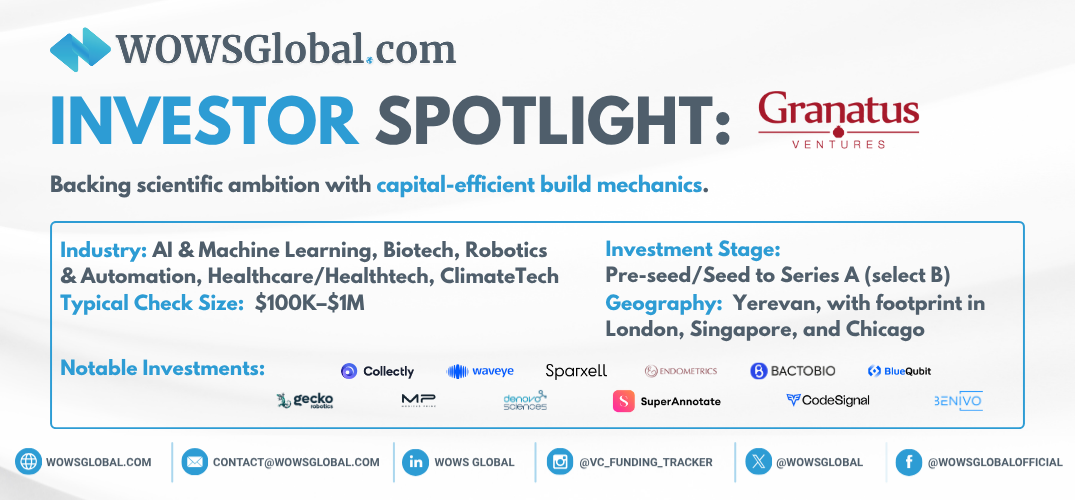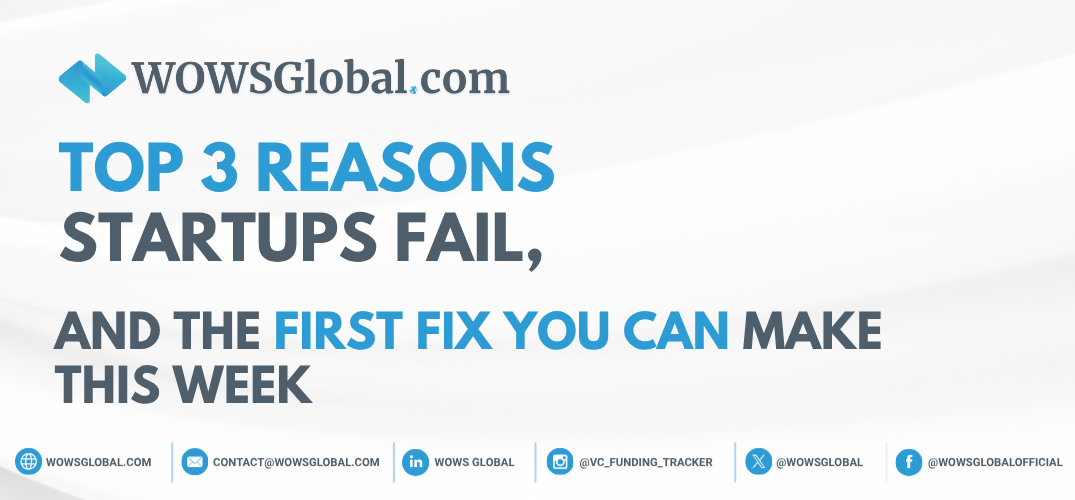Bridging the Funding Gap: Why Strategic Planning Between Rounds Is Critical
Venture Debt Finance AI Investor 2 Minutes

Built from years of hard lessons, scar tissue, and a lot of coffee.
The months between funding rounds are where companies are made, or quietly start to fade. It’s the most underappreciated stretch in a founder’s journey: no investor adrenaline, no big press announcements, just the daily grind that determines whether your next raise is a smooth ascent or a desperate scramble.
This is the time to double down on fundamentals, close the gaps you’ve been ignoring, and create momentum long before you need to ask for the next check. The founders who treat this period as strategic, not stagnant, arrive at their next pitch stronger, faster, and with leverage on their side.
Here’s the blueprint, drawn from battle-tested experience, for what to focus on while the market isn’t watching.
1. Get Financially Fit
A founder who doesn’t know their numbers is a founder steering blind. Keep your cash flow forecasts razor-sharp and your runway projections updated weekly. Understand exactly how a single hire, contract loss, or churn spike will impact your burn. If you can’t walk an investor, or yourself, through your financial story in under two minutes, it’s not tight enough.
2. Build Investor Trust Before You Need It
The worst time to build relationships is when you’re desperate for capital. Keep your current and potential investors engaged with concise, honest monthly updates. Share a key win, a tough challenge, and one or two metrics that matter. This isn’t about selling, it’s about building a reputation for transparency and competence.
3. Preempt Your Next Raise
Your future round begins long before the pitch deck. Identify 20–30 investors who could be a fit for your next stage, follow their work, engage with their thinking, and get warm introductions while the stakes are low. The smoothest raises happen when the relationship is old, but the deal is new.
4. Re-Validate Product–Market Fit
Markets don’t stand still, and neither should you. What was true six months ago might already be obsolete. Spend time talking directly to customers, investigating churn, and uncovering fresh pain points. Metrics are important, but conversations will tell you what’s really driving (or stalling) adoption.
5. Hire for the Next Milestone, Not Today
Reactive hiring is expensive and distracting. Instead, define the precise milestones you need to hit to secure your next round, and hire or contract for those outcomes specifically. This ensures every role moves you measurably closer to the raise, without bloating the team or budget.
6. Bulletproof Your Legal and Cap Table
Sloppy paperwork can sink a deal faster than slow growth. Keep your cap table clean, your company documents organized, and your ESOP structure transparent. When a term sheet lands, you should be ready to move, not scrambling to untangle ownership questions or missing signatures.
7. Own Your Narrative
Your pitch deck is more than a fundraising tool, it’s the distilled story of your company. Keep it updated with your latest traction, evolving market thesis, and sharp “Why now?” framing. Even if you’re not pitching, knowing your own story cold will make every conversation more compelling.
8. Drive Metrics That Matter
Don’t drown in vanity metrics. Identify the three to five KPIs that most directly influence your next raise and track them obsessively. Make them visible to the whole team, and review progress regularly. These numbers are your company’s heartbeat, when they’re strong, everything else gets easier.
9. Explore Non-Dilutive Capital Options
A founder with more runway has more leverage. Look beyond traditional VC to options like venture debt, grants, revenue-based financing, strategic partner advances, or even short-term services work. Each additional month of cash buys you negotiating power and reduces the need to give up equity too soon.
10. Audit and De-Risk the Business
Quiet quarters are your best chance to identify and fix vulnerabilities. Review customer concentration risk, key person dependencies, and any lurking legal exposures. Proactively closing these gaps now will save you from fire drills and awkward investor calls, later.
WOWS Take
Between rounds is where the seeds of your next leap are planted. Founders who use this time to strengthen their fundamentals, nurture their networks, and remove hidden risks enter the next raise with more options, more confidence, and better terms.
It’s not about surviving until the next term sheet. It’s about engineering momentum.
Your next round isn’t won on pitch day, it’s won right now. If you want sharper strategy, warmer investor relationships, and more leverage at the table, start today.
WOWS Global is here to help you make the quiet months your most powerful asset. Reach out, and let’s get moving.
Related Posts
-

Biotech AI SEA Startup & Venture Capital deep-tech 6 Minutes
Granatus Ventures: Deep-Tech Builders Bridging Armenia and Southeast Asia
Granatus Ventures backs IP-rich startups in AI, biotech, robotics, and advanced/quantum computing, pairing early checks with an Armenia engineering engine and a Singapore touchpoint for SEA pilots. Learn how their SDG-aligned thesis translates into practical capital and deep technical diligence. -

B2B SaaS SEA Startups AI Fintech 4 Minutes
TheVentures: The Quick-strike Seed Investor Shaping Vietnam & Southeast Asia
TheVentures is redefining early-stage speed in Vietnam & SEA, writing quick, catalytic checks and opening doors to follow-on capital across the region. -

SaaS AI B2B Business Growth 2 Minutes
AI‑Native and Vertical SaaS Are Outgrowing Horizontal Peers
AI-native and vertical SaaS are pulling ahead. Our quick read distills High Alpha’s 2024 benchmarks, why specialization and AI-first design are translating into faster, more durable growth. Read via Matchmaking Platform for Companies and Investors . -

Exit Strategy M&A readiness Cap Table Startup Exits Investor 4 Minutes
Planning the Finish Line: Why Every Business Needs an Exit Strategy
Launch matters, but exits set the score. Learn how early planning, clean governance, and buyer mapping turn hard-won growth into the best possible outcome. -

AI Project Management AI Agents Enterprise 2 Minutes
Blink AI: The Execution Engine Sitting in Your Calls
Blink AI joins your calls, understands the discussion, and turns decisions into tracked actions—automating summaries, tasks, and follow-ups for enterprise PM teams. -

Fractional CFO Venture Debt SEA Startups SME Loans 3 Minutes
Why Startups Fail: The 3 Reasons That Sink Great Ideas (and How to Avoid Them)
Startups rarely get killed by competitors. The big 3 killers are: no market need, running out of funding, and the wrong team. This quick playbook shows how to spot the signs early and fix them with demand tests, smart financing, and fractional expertise.
